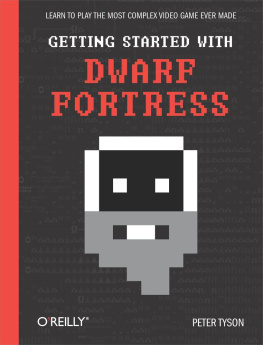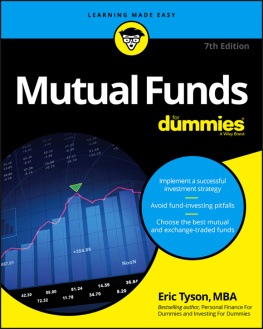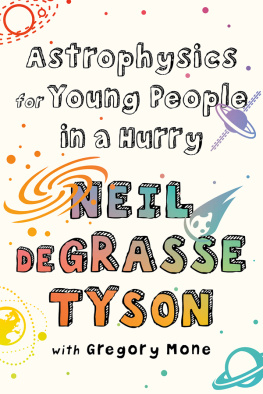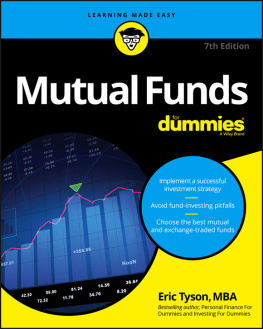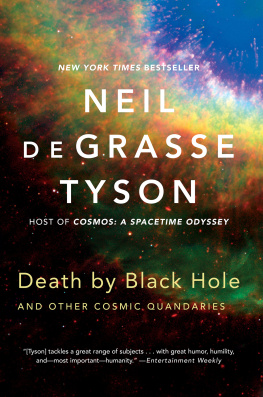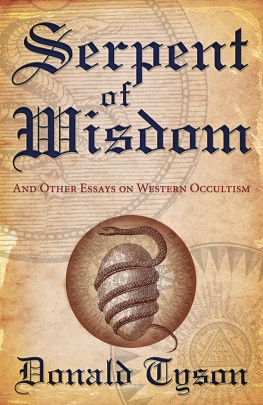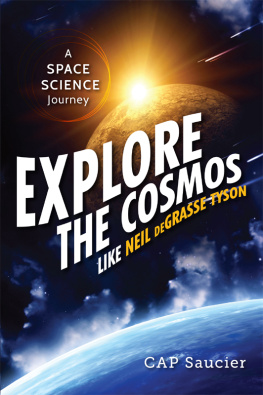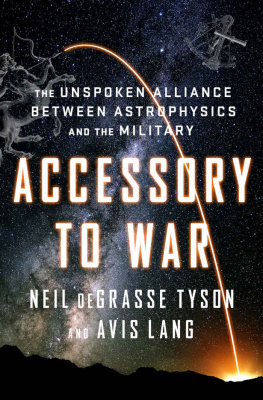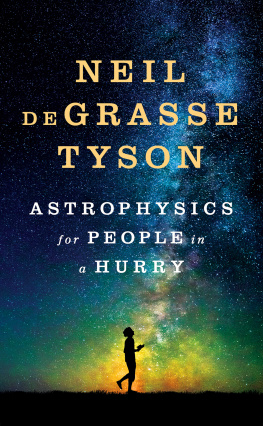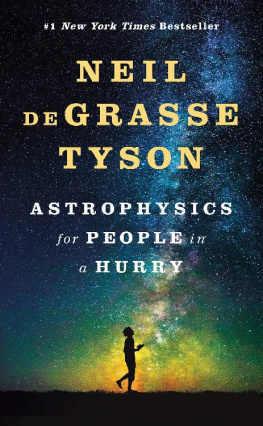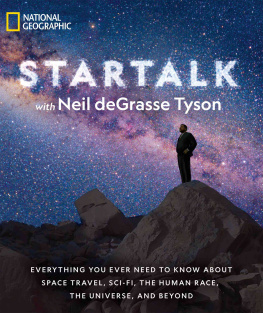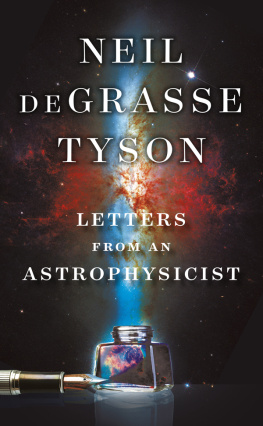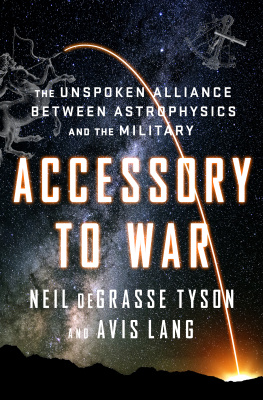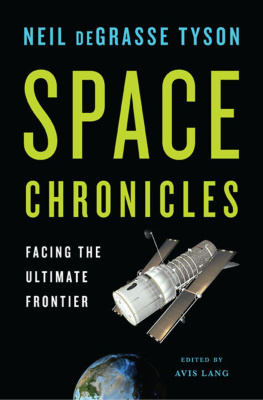Contents
Guide

ALSO BY NEIL DE GRASSE TYSON
Astrophysics for People in a Hurry
StarTalk: The Book
Welcome to the Universe: An Astrophysical Tour
with Michael A. Strauss and J. Richard Gott III
The Inexplicable Universe
A six-part video lecture series
Space Chronicles: Facing the Ultimate Frontier
edited by Avis Lang
The Pluto Files: The Rise and Fall of Americas Favorite Planet
Death by Black Hole: And Other Cosmic Quandaries
Origins: Fourteen Billion Years of Cosmic Evolution
with Donald Goldsmith
My Favorite Universe
A twelve-part video lecture series
Cosmic Horizons: Astronomy at the Cutting Edge
edited by Steven Soter and Neil deGrasse Tyson
The Sky Is Not the Limit: Adventures of an Urban Astrophysicist
One Universe: At Home in the Cosmos
with Charles Liu and Robert Irion
Just Visiting This Planet
Universe Down to Earth
Merlins Tour of the Universe
ACCESSORY
TO WAR
THE UNSPOKEN ALLIANCE
BETWEEN ASTROPHYSICS
AND THE MILITARY
NEIL DEGRASSE TYSON AND AVIS LANG

Copyright 2018 by Neil deGrasse Tyson and Avis Lang
All rights reserved
First Edition
For information about permission to reproduce selections from this book, write to Permissions, W. W. Norton & Company, Inc., 500 Fifth Avenue, New York, NY 10110
For information about special discounts for bulk purchases, please contact W. W. Norton Special Sales at specialsales@wwnorton.com or 800-233-4830
Book design by Chris Welch
Production manager: Lauren Abbate
ISBN 978-0-393-06444-5
W. W. Norton & Company, Inc., 500 Fifth Avenue, New York, N.Y. 10110
www.wwnorton.com
W. W. Norton & Company Ltd., 15 Carlisle Street, London W1D 3BS
1 2 3 4 5 6 7 8 9 0
To everybody who has ever wondered
why astrophysicists have jobs at all
Do I not destroy my enemies when I make them my friends?
Abraham Lincoln
CONTENTS
I n matters of battle, the role of science and technology often proves decisive, providing an asymmetric advantage whenever one side exploits this knowledge while the other side does not. The biologist, when enlisted for the war effort, may consider weaponizing bacteria and viruses; a rotting animal carcass catapulted over a castle wall during a siege may have been one of the first acts of biowarfare. The chemist, too, contributesfrom the poisoned water-wells of antiquity, to mustard and chlorine gas during World War I, to defoliants and incendiary bombs in Vietnam and nerve agents in more contemporary conflicts. The physicist at war is an expert in matter, motion, and energy, and has one simple task: to take energy from here and put it over there. The strongest expressions of this role have been the atomic bombs of World War II and the more decisively deadly hydrogen fusion bombs that followed during the Cold War. Lastly, we have the engineer, who makes all things possibleenabling science to facilitate warfare.
The astrophysicist, however, does not make the missiles or the bombs. Astrophysicists make no weapons at all. Instead, we and the military happen to care about many of the same things: multi-spectral detection, ranging, tracking, imaging, high ground, nuclear fusion, access to space. The overlap is strong, and the knowledge flows in both directions. Astrophysicists as a community, like most academics, are overwhelmingly liberal and antiwar, yet we are curiously complicit in this alliance. Accessory to War: The Unspoken Alliance Between Astrophysics and the Military explores this relationship from the earliest times of celestial navigation in the service of conquest and hegemony to the latest exploitations of satellite-enabled warfare.
The idea for this book germinated in the early 2000s during my tour of duty serving on President George W. Bushs twelve-member Commission on the Future of the United States Aerospace Industry. That exposure to members of Congress, Air Force generals, captains of industry, and political advisors from both sides of the aisle was a baptism on the inner workings of science, technology, and power within the US government. My experiences led me to imagine what such encounters might have been like over the centuries in whatever country happened to be leading the world in cosmic discovery and in war.
Co-author Avis Lang is my longtime editor, from my days of contributing monthly essays to Natural History magazine. An art historian by training, Avis is a consummate researcher and an avid writer, with a deep interest in the universe. This book is a collaboration, a fusion of our talents. We each compensate for the weaknesses of the other. But the book got done because of Aviss sustained commitment to examining the role of science in society, as expressed in the printed word.
The reader will notice that in certain passages, such as here, first-person singular pronouns appear, primarily when I tell personal stories. But in no way does the occasional I or my deny Aviss co-authorship of every page in this book.
Neil deGrasse Tyson and Avis Lang
New York City, January 2018
SITUATIONAL
AWARENESS
O n February 10, 2009, two communications satellitesone Russian, the other Americansmashed into each other five hundred miles above Siberia, at a closing speed of more than 25,000 miles an hour. Although the impetus for building their forerunners was war, this collision was a purely peacetime accident, the first of its kind. Someday, one of the hundreds of chunks of resulting debris might smash into another satellite or cripple a spaceship with people on board.
Down on the ground that same winters day, the Dow Jones Industrial Average closed at 7888respectably above the decades dip to 6440 in March 2009 but not much more than half its high of 14,198 in October 2007. In other news of the day, Muzak Holdings, the eponymous provider of elevator music, filed for bankruptcy; General Motors announced a cut of ten thousand white-collar jobs; federal investigators raided the offices of a Washington lobbying firm whose clients were major campaign contributors to the head of the House subcommittee on defense spending; the inflammatory Iranian president declared at a rally celebrating the thirtieth anniversary of his nations Islamic Revolution that Iran was ready to hold talks based on mutual respect and in a fair atmosphere; and the brand-new American presidents brand-new secretary of the Treasury presented a $2 trillion plan to lure speculators into buying the unstable American assets that had collapsed the global economy. Civil engineers announced that 70 percent of the salt applied to icy roads in the Twin Cities ended up in the watershed. An environmental physicist announced that a third of the top-selling laser printers form large numbers of lung-damaging ultrafine particles from vapors emitted when the printed image is heat-fused to the paper. Climatologists announced that the flowering ranges of almost a hundred plant species had crept uphill in Arizonas Santa Catalina Mountains over a twenty-year period, in lockstep with the rise in summer temperatures.
The world, in other words, was in flux and under threat, as it so often is.
Ten days later, an international group of distinguished economists, officials, and academics met under the auspices of Columbia Universitys Center on Capitalism and Society to discuss how the world might manage to emerge from its worse-than-usual financial crisis. The centers director, Nobel laureate in economics Edmund Phelps, argued that some financial re-regulation was called for but stressed that it must not discourag[e] funding for investment in innovation in the non-financial business sector, which has been the main source of dynamism in the U.S. economy. Whats the non-financial business sector? Military spending, medical equipment, aerospace, computers, Hollywood films, music, and more military spending. For Phelps, dynamism and innovation went hand in hand with capitalismand with war. Asked by a BBC interviewer for a big thought on the crisis and whether it constituted a permanent indictment of capitalism, he responded, My big thought is, we desperately need capitalism in order to create interesting work to be done, for ordinary peopleunless maybe we can go to war against Mars or something as an alternative.


